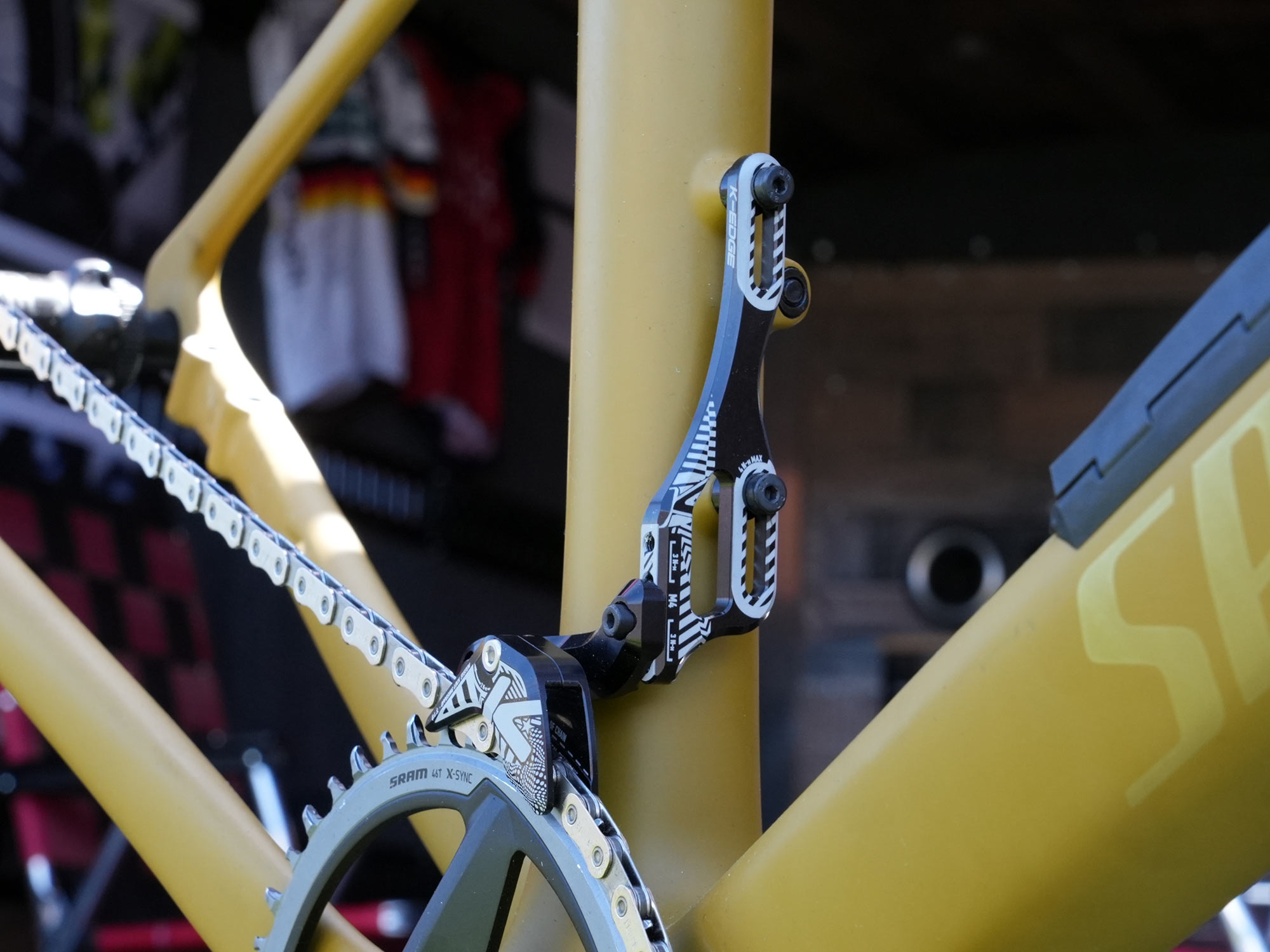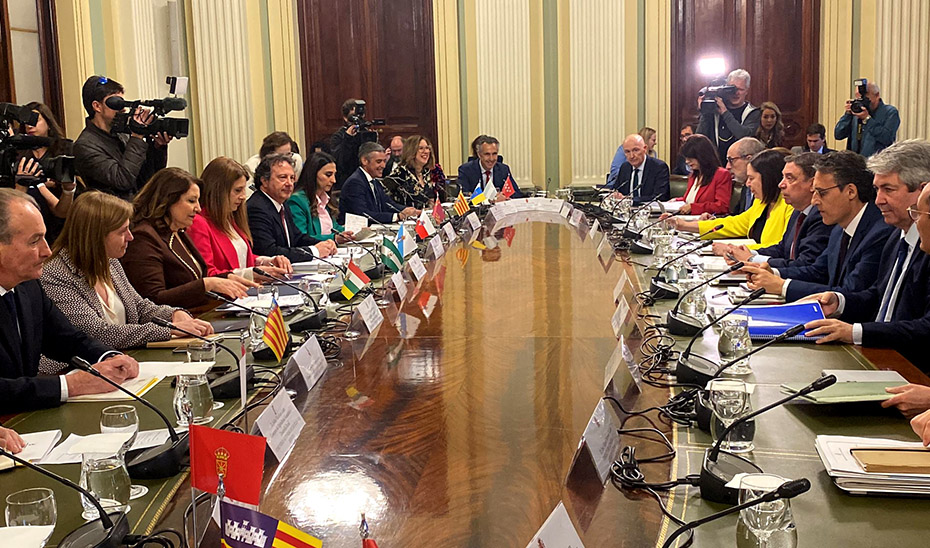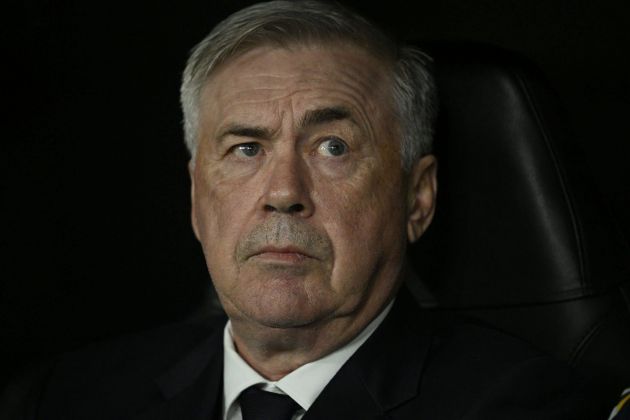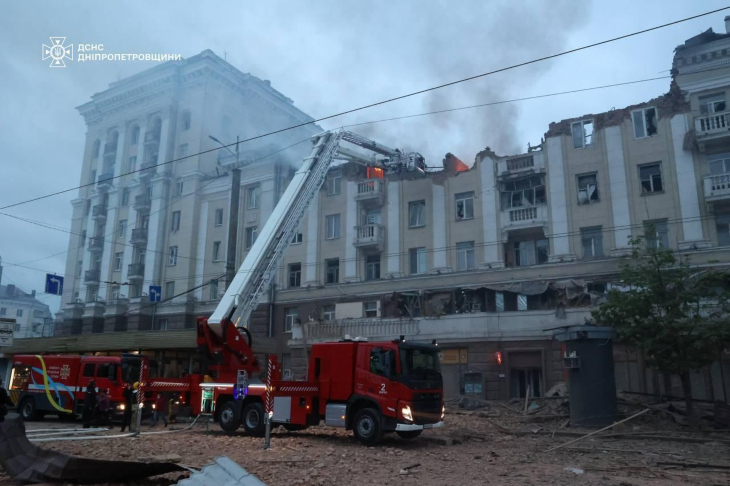-
Misterioasa capacitate de regenerare a unui anumit animal maritim
Misterioasa capacitate de regenerare a unui anumit animal maritim Există multe mistere și minuni în natură, iar capacitatea de regenerare a anumitor animale este cu siguranță una dintre cele mai fascinante. Unul dintre cele mai remarcabile exemplu este cel al unui animal maritim unic care are capacitatea extraordinară de a-și regenera propriul corp după ce…
-
La nueva guía de cadena K-Edge 1x Race W utiliza soportes para portabidones

¡Apoyanos! Bikerumor puede ganar una pequeña comisión por los enlaces de afiliados de este artículo. Aprende más Lo que comenzó como una solicitud especial de Specialized pronto será una nueva incorporación a su línea. El próximo K-Edge 1x Race W Chain Catcher utiliza los pernos del portabidón del tubo del sillín para sujetarlo al cuadro,…
-
Austin Butler ropa interior abultada Ups momento

¡AUSTIN BUTLER FILTRÓ FOTOS DE POLLAS DE CELEBRIDAD DESNUDAS! (HAGA CLIC AQUÍ) Compartir este: Haga clic para compartir en X (Se abre en una ventana nueva) Haz clic para compartir en Facebook (Se abre en una ventana nueva) Haga clic para compartir en Pinterest (Se abre en una ventana nueva) Haga clic para compartir en…
-
¡”Detective Conan: The Black Iron Fish Shadow” comienza a transmitirse en Hulu lo antes posible!Se recopilan todas las obras teatrales anteriores y más de 30 obras relacionadas.

¡”Detective Conan: The Black Iron Fish Shadow” comienza a transmitirse en Hulu lo antes posible!Se recopilan todas las obras teatrales anteriores y más de 30 obras relacionadas. Contenido original en Inglés
-
55 nombres de gatos primaverales con significados

Altsvá/Shutterstock La primavera evoca naturaleza, fertilidad y nuevos comienzos. La mayoría de nosotros tenemos buenos recuerdos de ver una tormenta primaveral desde nuestro cálido sofá o de caminar en días soleados y descubrir flores frescas. Es la temporada perfecta para ponerle un nombre a tu nuevo gato, pero es posible que tengas problemas para encontrar…
-
Andalucía considera que la Sectorial de Agricultura debería haber incluido las 43 medidas por la crisis del campo

La consejera de Agricultura, Pesca, Agua y Desarrollo Rural, Carmen Crespo, ha participado en la Conferencia Sectorial de Agricultura celebrada en Madrid, donde ha lamentado que el Ministerio de Agricultura, Pesca y Alimentación haya mostrado “una falta de interlocución, sensibilidad y respeto hacia las comunidades autónomas al no haber tratado con sus representantes el paquete…
-
El exjugador del Real Madrid revela cómo hizo llorar a Carlo Ancelotti

Centrocampista del Manchester United casemiro él lo reveló carlo anceloti Provocó el único momento de duda que tuvo al completar su paso del Real Madrid a Inglaterra. El brasileño desveló que Ancelotti rompió a llorar delante de él. “Carletto” tiene fama de estar siempre tranquilo y sereno, pero cuando llegó el momento de despedirse de…
-
Al doilea bombardament rusesc asupra Ucrainei în două zile ucide mai mulți civili – Știri din Spania

Într-o altă evoluție tragică, un al doilea bombardament rusesc din această săptămână a lăsat o urmă de moarte și distrugere în Ucraina. Opt persoane, printre care doi minori, și-au pierdut viața la primele ore ale zilei de vineri din cauza a două atacuri în provincia Dnipro, în estul țării. Țintele acestor bombardamente au fost infrastructura…
-
Ciocolatele Trapa și Agapea trag la sorți o carte și un pachet de ciocolată – cadouri și mostre gratuite – Știri de agrement

Ciocolata Trapa și Agapea Ei se alătură Zilei Cărții și vor oferi un pachet care conține o carte și bomboane de ciocolată. Ziua Cărții nu este sărbătorită doar cu o lectură bună, ci este sărbătorită și prin savurarea unor ciocolate delicioase. Iar dacă două mărci precum Chocolates Trapa și Agapea se unesc, nu se poate…
-
Fenomenul spectaculos al aurorelor boreale explicat stiintific
Aurorele boreale sunt unul dintre cele mai spectaculoase fenomene naturale pe care le putem observa. Aceste frumoase lumini colorate care se formează în atmosfera superioară a Pământului sunt unul dintre cele mai impresionante spectacole ale naturii și fascinează oamenii de secole întregi. Dar care este secretul din spatele acestui fenomen spectaculos? Pentru a înțelege cum…
